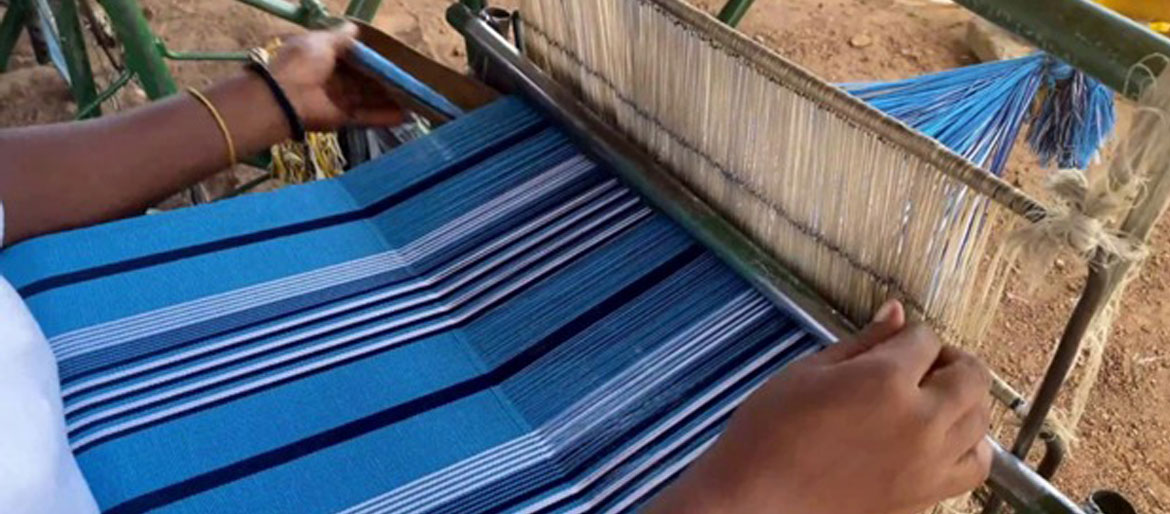
In the northern territories of Ghana, the smock, locally known as Batakari among the Akan and Fugu among the Dagomba, Mamprusi, and other northern groups, stands as a proud emblem of identity, resilience, and unity. This iconic garment, handwoven from thick cotton and carefully stitched into a tunic-like form, carries centuries of tradition within its folds. It is more than attire; it is a statement of dignity and authenticity, representing the soul of northern craftsmanship and Ghanaian heritage.
The origins of the smock can be traced to the early communities of the northern savannah, where weaving emerged as a practical and cultural art form. The region’s dry climate and strong cotton production encouraged the development of hand spun and tightly woven fabrics that provided protection against both sun and wind. Initially, the smock was worn by hunters and warriors who valued its strength and spiritual symbolism. Each thread and dye was imbued with meaning — indigo symbolized endurance and wisdom, while black represented protection and ancestral power.
Traditionally, the smock was believed to possess mystical properties. Many were infused with herbs, charms, or amulets sewn into the fabric to provide spiritual defense during battle or rituals. Warriors wore it into combat as both armor and blessing, while priests and spiritual leaders donned it during ceremonies to invoke divine favor and ancestral guidance. The garment’s cut, often with broad shoulders and flaring sides, was designed for freedom of movement and power, allowing the wearer to project authority and grace.
As Ghana evolved, so too did the significance of the smock. No longer confined to war or ritual, it became a symbol of unity, leadership, and cultural pride. It is now worn by presidents, chiefs, and citizens across the nation, especially during official functions, national holidays, and cultural festivals. From the northern cities of Tamale and Bolgatanga to the streets of Accra, the smock has transcended regional boundaries to become a unifying national attire that celebrates Ghana’s diversity.
The making of a smock is a communal craft that supports entire villages. Men traditionally operate the looms, spinning cotton into narrow strips that are sewn together to form the full garment, while women are often involved in the dyeing and finishing process. The threads are hand dyed using natural plant-based pigments such as indigo leaves and tree bark, ensuring both sustainability and authenticity. Each smock reflects not only the weaver’s skill but also the cultural story of their community.
Beyond its cultural and symbolic value, the smock has become a vibrant part of Ghana’s creative economy. Designers are reinventing it with modern cuts, lighter fabrics, and contemporary flair, making it suitable for both traditional ceremonies and urban fashion. It has also gained international attention, gracing fashion shows and being proudly worn by Ghanaians in the diaspora as a mark of identity and heritage.
The smock’s journey from the northern savannah to the global stage is a testament to the endurance and ingenuity of Ghana’s people. It embodies the spirit of craftsmanship passed down through generations, a weaving of identity that continues to unite past and present. Each stitch speaks of endurance, each dye of tradition, and each finished garment of the unbroken thread connecting Ghana’s diverse cultural landscape.
The Batakari or Fugu remains more than fabric; it is the cloth of pride, resilience, and belonging, a living heritage woven with purpose and spirit.
